Kathmandu : The People’s War Day in Nepal refers to the start of the Communist Party of Nepal (Maoist) insurgency, which began on February 13, 1996. The conflict was a result of growing frustration and disillusionment among the Nepalese mass towards the existing political and economic system, which was characterized by widespread poverty, inequality, and political corruption.

The roots of the conflict can be traced back to the poor living conditions faced by a large segment of the Nepalese population, particularly those in rural areas. The government was seen as being ineffective in addressing these issues and was widely perceived as corrupt and out of touch with the needs of ordinary citizens. In addition, there was growing frustration with the monarchy and the political system, which was dominated by a small elite and did not allow for meaningful political participation by the general population.
In response to these conditions, the Communist Party of Nepal (Maoist) was formed, and on February 13, 1996, they launched their armed insurgency, known as the ‘People’s War’. The Maoists sought to overthrow the government and establish a communist state in Nepal. The conflict quickly spread across the country, with Maoist insurgents carrying out attacks on government buildings, security forces, and other targets.
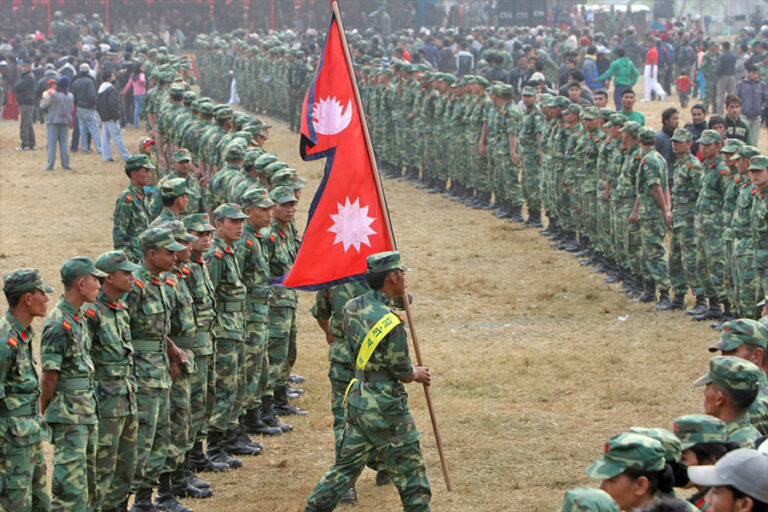
The Nepalese government responded to the insurgency with a brutal counterinsurgency campaign, which resulted in widespread human rights abuses, including extrajudicial killings, torture, and forced disappearances. Over the course of the conflict, an estimated 17,000 people were killed and over 200,000 were displaced from their homes.
Despite the violence, the Maoists were able to make significant gains, particularly in rural areas where they were able to establish control and implement their own governance structures. This, combined with growing international pressure, eventually led to peace talks between the Maoists and the government, which resulted in a comprehensive peace agreement in 2006.
Under the agreement, the Maoists laid down their arms and agreed to participate in the Peaceful political process. This paved the way for the establishment of a new democratic republic in Nepal and the integration of Maoist combatants into the Nepalese military and civilian life.
People’s War Day is now marked as a day of remembrance for those who lost their lives during the conflict, as well as a symbol of hope for a more peaceful and prosperous future for the Nepalese people. Despite the progress made since the end of the conflict, however, many challenges remain, including poverty, inequality, and political corruption. Nevertheless, the People’s War is widely seen as a pivotal moment in Nepalese history, and its legacy continues to shape the country’s political landscape.
The Peace accord
The Comprehensive Peace Accord (CPA) was a peace agreement signed between the government of Nepal and the Communist Party of Nepal (Maoist) on November 21, 2006, ending a decade-long armed conflict known as the People’s War.
The CPA was a historic agreement that marked a turning point in Nepalese history and paved the way for a new era of peace and stability in the country. The agreement contained several key provisions, including:
Disarmament of Maoist fighters: The Maoists agreed to disarm and integrate into the Nepalese military and civilian life.
Establishment of a new political system: The agreement paved the way for the establishment of a new democratic republic in Nepal, replacing the monarchy.
Transition to peace: The CPA set out a timeline for the transition from conflict to peace, including the formation of a new interim government and the establishment of a new constitution.
Human rights protection: The agreement contained provisions to address human rights abuses that had taken place during the conflict and to ensure that they did not occur in the future.
Power sharing: The CPA provided for the inclusion of Maoist leaders and members in the government, reflecting the spirit of power-sharing and reconciliation that was central to the agreement.
The Comprehensive Peace Accord was widely seen as a positive step towards peace and stability in Nepal and was hailed as a model for conflict resolution in other parts of the world. However, despite the progress made since the signing of the agreement, many challenges remain, including poverty, inequality, and political corruption. Nevertheless, the CPA continues to be a cornerstone of Nepalese peace building efforts and is widely regarded as one of the most significant achievements in the country’s recent history.
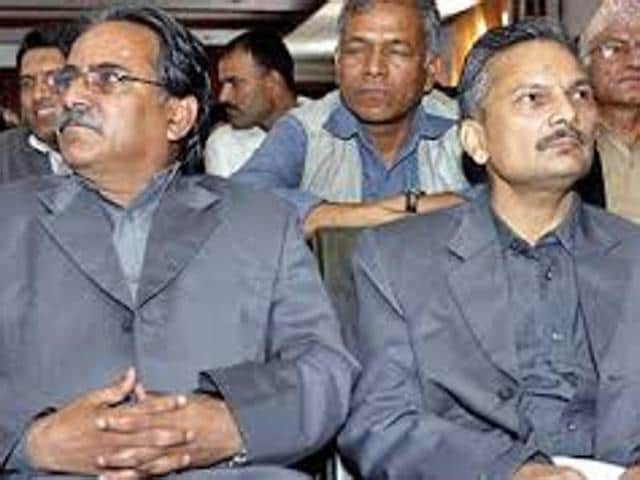
Significant role of Prachanda
Pushpa Kamal Dahal, commonly known as Prachanda, played a central role in the People’s War in Nepal and the subsequent Comprehensive Peace Accord (CPA) that ended the conflict. Prachanda was the chairman of the Communist Party of Nepal (Maoist), which led the armed insurgency known as the People’s War.
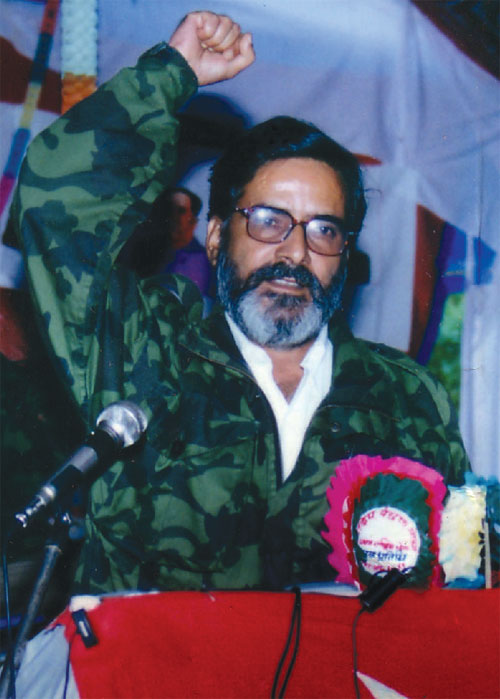
During the conflict, Prachanda was one of the key leaders of the Maoist insurgency and was known for his charismatic leadership and strategic vision. He was widely regarded as one of the most influential figures in the Nepalese Maoist movement and played a central role in the negotiations that led to the Comprehensive Peace Accord.
Following the signing of the CPA, Prachanda played an important role in Nepalese politics, serving as the Prime Minister of Nepal from 2008 to 2009 now also. He is one of the first Maoist leaders to hold high office in the new democratic republic and was seen as a symbol of the progress made since the end of the conflict.
In recent years, Prachanda has continued to be a prominent political figure in Nepal, serving as the chairman of the Communist Party of Nepal (Maoist-Centre), one of the largest political parties in the country. Despite some setbacks and controversies during his time in office, Prachanda remains an influential figure in Nepalese politics and continues to play a role in shaping the country’s future
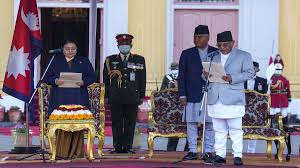
Aspiration and achievements
The aspirations of the Nepalese people during the People’s War were diverse and complex, reflecting the wide range of social, political, and economic issues that fueled the conflict. However, some of the key aspirations that motivated many people to support the Maoist insurgency included:
Improved living conditions: For many people in rural areas of Nepal, the People’s War offered a hope for a better future and an end to the poverty and inequality that characterized their daily lives.
Political empowerment: The political system in Nepal was widely perceived as being dominated by a small elite and as being out of touch with the needs of ordinary citizens. The Maoist insurgency offered a way to challenge this status quo and to give people a voice in shaping their own future.
Justice and human rights: The conflict was characterized by widespread human rights abuses, including extrajudicial killings, torture, and forced disappearances. For many people, the People’s War was a way to demand accountability and justice for these crimes.
End to monarchy: For many Nepalese citizens, the monarchy was seen as a symbol of the old, corrupt political system and as being out of touch with the needs of the people. The People’s War offered a way to challenge this system and to demand the establishment of a new, democratic republic.
Of course, these aspirations were not universally shared, and the People’s War also generated fear, uncertainty, and division in Nepalese society. Nevertheless, it is clear that the Maoist insurgency was fueled by a widespread desire for change and a better future, and that this desire played a central role in shaping the conflict and its outcome.
The People’s War in Nepal was a complex and controversial conflict that lasted for over a decade and had a profound impact on Nepalese society. Despite the violence and suffering that it caused, the People’s War can also be seen as having achieved several important outcomes:
Democratic republic: One of the most significant outcomes of the People’s War was the establishment of a democratic republic in Nepal, replacing the monarchy. This was a major achievement for the Maoist movement and a key demand of the insurgency.
Political empowerment: The People’s War was seen by many as a way to challenge the old political order and to empower ordinary citizens. The formation of a democratic republic and the inclusion of Maoist leaders in government represented a significant shift in power dynamics in Nepalese society.
Increased political awareness: The People’s War generated increased political awareness and engagement among Nepalese citizens, particularly in rural areas. This increased awareness and engagement has continued to shape Nepalese politics in the years since the end of the conflt.
The Maoist insurgency in Nepal, which lasted from 1996 to 2006, had a significant impact on the country’s political landscape and resulted in many positive changes for marginalized groups in Nepal. Some of these impacts include:
Increased representation: The Maoist insurgency led to the inclusion of marginalized communities, such as Dalits and indigenous peoples, in the political process. This was reflected in the interim constitution of 2007, which ensured proportional representation for these communities in the new democratic institutions as well established in the new constitution of 2015.
Improved access to education: The Maoist movement emphasized the importance of education for marginalized communities and worked towards improving access to education for these groups. As a result, the literacy rate among marginalized communities has improved, and their representation in the education system has increased.
Empowerment of women: The Maoist movement also had a strong focus on women’s rights and empowerment. The constitution of 2015 guaranteed women equal rights and representation in all spheres of life, including politics and the workplace.
Addressing caste-based discrimination: The Maoist insurgency brought to the forefront the issue of caste-based discrimination and worked towards ending this practice. The interim constitution of 2007 as well new constitution of 2015 made provisions to eliminate caste-based discrimination and create a more inclusive society.
It’s worth noting that while the Maoist insurgency had positive impacts, it also resulted in significant violence and human rights abuses. The road to true inclusion and empowerment of marginalized communities in Nepal remains ongoing, and there are still many challenges that need to be addressed.
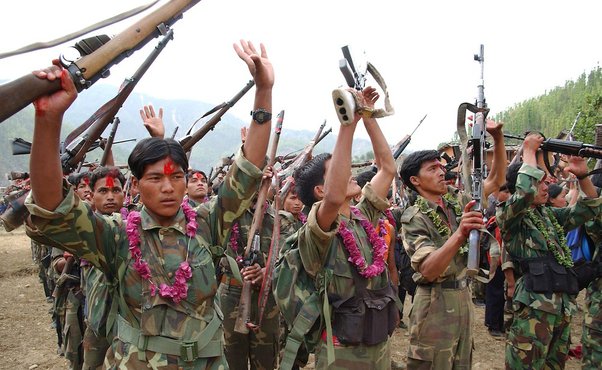
The Maoist insurgency in Nepal had a significant impact on the country’s electoral system, and several major changes were made as a result. Some of these changes include:
Proportional representation: The interim constitution of 2007 introduced a proportional representation system, where political parties are allocated seats based on the percentage of votes they receive. This system was designed to ensure greater representation for marginalized communities, including Dalits and indigenous peoples.
ncreased representation for women: The interim constitution of 2007 also guaranteed women’s representation in all spheres of life, including politics. To ensure this, the electoral system was changed to include a quota system, where a certain percentage of seats must be reserved for women candidates.
Decentralization of power: The Maoist insurgency also led to the decentralization of power in Nepal, with the introduction of local elections and the creation of local-level democratic institutions. This has given more power to communities at the grassroots level, allowing for greater representation and participation in the political process.
Expansion of the franchise: The Maoist insurgency also led to the expansion of the franchise, with the introduction of provisions for increased participation of marginalized communities, including Dalits and indigenous peoples, in the electoral process.
It’s worth noting that the implementation of these changes has faced challenges, and further work is needed to ensure that they are fully realized and result in a truly inclusive and democratic electoral system in Nepal.
The Maoist insurgency in Nepal had a significant impact on the country’s federalism, and several major changes were made as a result. Some of these changes include:
Shift towards federalism: The Maoist insurgency was a key driver in the shift towards federalism in Nepal, which had previously been a unitary state. The insurgency brought attention to the need for greater representation and autonomy for marginalized communities, and federalism was seen as a way to achieve this.
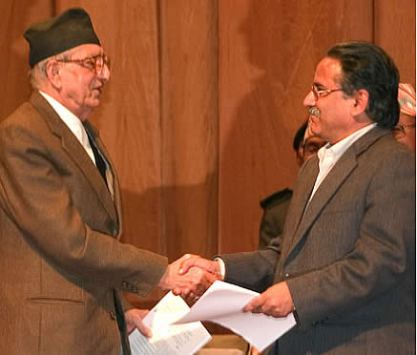
Recognition of ethnic and linguistic diversity: The interim constitution of 2007 recognized the ethnic and linguistic diversity of Nepal and provided for the formation of federal states based on these identities. This has allowed for greater representation and autonomy for marginalized communities, and has helped to address imbalances in power.
Improved governance: The decentralization of power and the recognition of ethnic and linguistic diversity has improved governance in Nepal, as local-level democratic institutions have been able to address the specific needs and challenges faced by their communities.
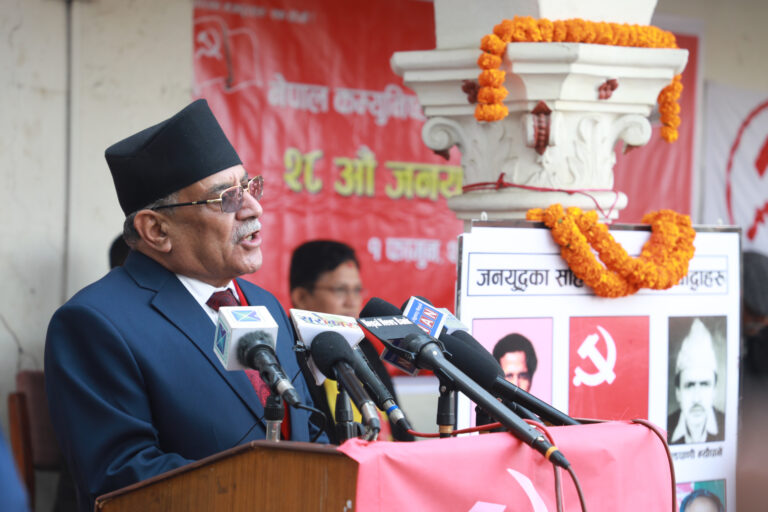
It’s worth noting that the implementation of federalism in Nepal has faced challenges, and further work is needed to ensure that it results in a truly inclusive and democratic federal system. Nevertheless, the Maoist insurgency was a key driver in bringing about these changes and improving the federalism of Nepal.
Of course, it is also important to recognize that the People’s War had many negative consequences, including the loss of life, displacement of people, and damage to infrastructure. Nevertheless, despite these challenges, the People’s War can also be seen as having achieved several important outcomes that have had a lasting impact on Nepalese society.

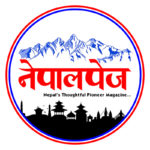
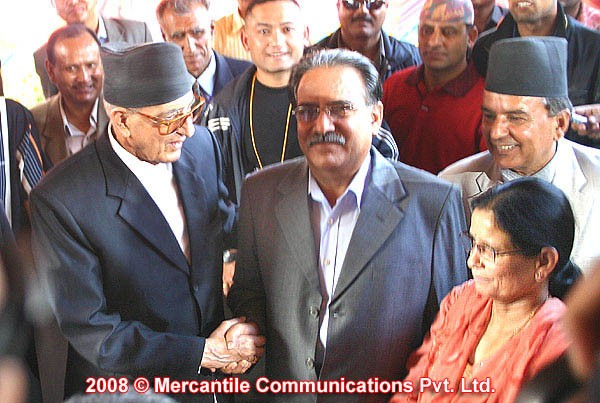

COMMENTS